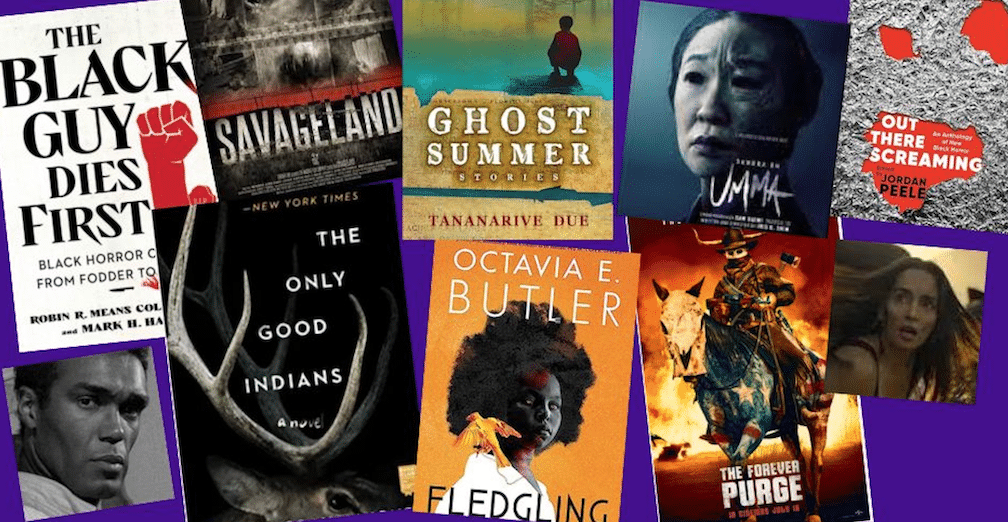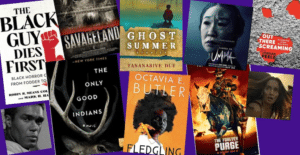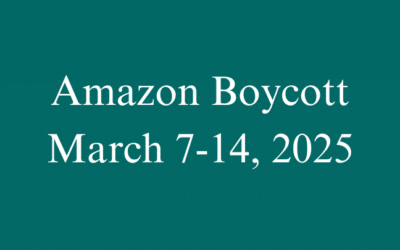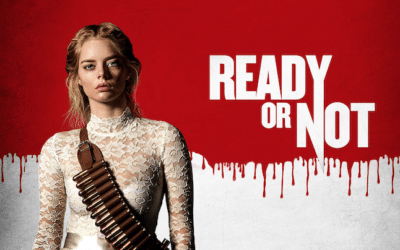It’s called Horror for Us and it’s a Meetup for Chicagoans (or Chicagoland dwellers) who identify as Black, Indigenous or as another Person of Color (BIPOC). We read horror books and watch horror movies that are by/for BIPOC.
We meet in person in Chicago because I’ve had enough of virtual meetings. If you wonder if I might host virtual meetings in the future: no, I won’t.
I believe horror, fantasy and science fiction are important genres for looking at societal problems that can feel too painful to face head-on. Star Trek and The Twilight Zone are classic examples of shows that examined racism, bigotry and fascism without ever naming any of those things or showing them explicitly. You had to understand what the creators were doing, which means those who examine horror, fantasy and science fiction tend to do a lot of reading between the lines. Perfect for a book club.
And there’s a lot of horror by/for people of color out there. It’s a rich genre these days and an ideal medium for conveying the everyday horrors of living in the United States as a person of color.
If you’re a BIPOC, you’re in the area, and you can come to Sunday afternoon meetings, consider joining us. Over the summer we read the Jordan Peele-curated short story anthology Out There Screaming. This weekend (Sunday, Sept. 29) we’re going to do a viewing — in my Rogers Park apartment — of the 1982 movie White Dog. It shows a Black dog trainer trying to reprogram a dog that’s been trained to attack Black people. It stars Paul Winfield and Kristy McNichol. It’s a little-known film that was praised at the time for directly taking on racism, specifically the question of whether or not it can be unlearned.
Next month we’ll screen the original 1968 Night of the Living Dead. It wasn’t just a seminal work in American cinema AND the birth of the modern zombie. It was also a pivotal moment for Black characters in horror movies. George Romero was a young, white director who made this movie on a shoestring budget and simply cast the best local actors he could find. The starring role, of a white farmer, went to Black actor Duane Jones because he was the best to audition for it. They had to rewrite some dialogue, but Romero made no changes to make it a “Black role.”
Romero didn’t know that doing so would completely change the social resonance of how the characters interacted (all the others were white) and create one of the most memorable Black roles in horror cinema. Even if you can’t join us, I invite you to watch it some time. It’s a perfect Halloween movie. And because it’s in the public domain, it’s available on many streaming services for free (if they charge you, DON’T pay for it).
So I’m seeking Chicagoland scary people of color! If you know any, please pass on the word.





0 Comments